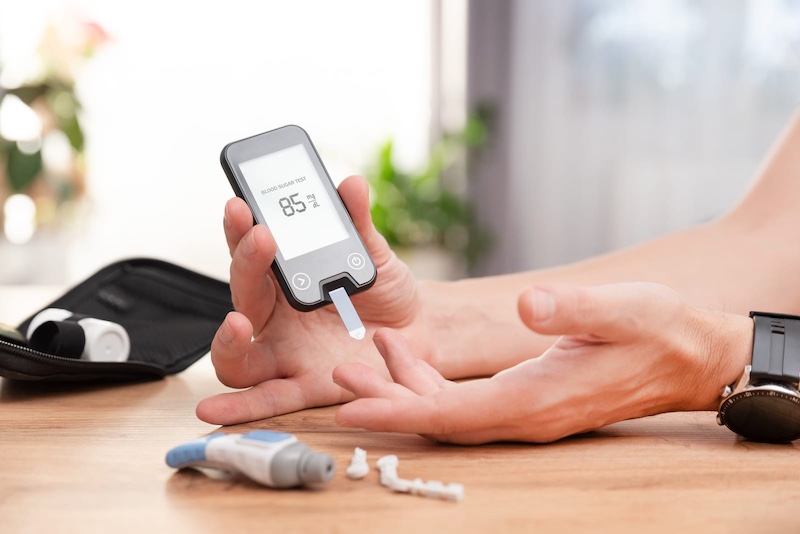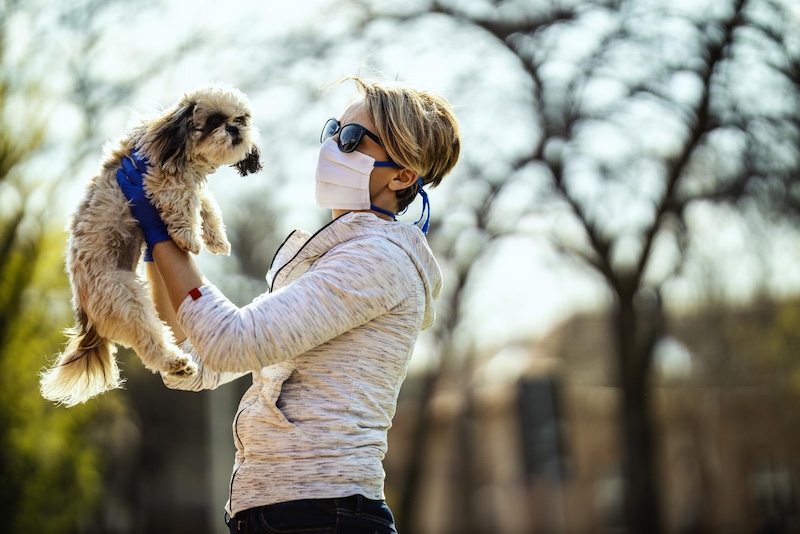Dogs aren’t just loving companions—they’re also incredibly skilled at detecting changes in human health. With their extraordinary sense of smell, dogs can identify the presence of certain illnesses even before medical tests do. Scientists and medical professionals have been increasingly turning to dogs for help in early diagnosis and monitoring of a wide range of conditions. Here are 10 illnesses dogs can detect in humans.
Cancer

Dogs have an amazing ability to sniff out various types of cancer. Studies have shown that trained dogs can detect lung, breast, bladder, prostate, and skin cancers by identifying specific odors given off by cancer cells. These scents can be present in a person’s breath, urine, or skin. In some cases, dogs have even alerted their owners to cancer before it was diagnosed by doctors.
Diabetes

Dogs can be trained to detect both low and high blood sugar levels in people with diabetes. They pick up on scent changes in a person’s sweat or breath that occur when glucose levels fluctuate. Diabetic alert dogs can warn their owners before a dangerous episode occurs, giving them time to take corrective action and potentially preventing a medical emergency.
Seizures

Some dogs seem to have a natural ability to predict seizures in people with epilepsy. Although researchers don’t fully understand how they do it, it’s believed that dogs sense chemical or behavioral changes that happen before a seizure begins. These seizure-alert dogs can warn their owners in advance, allowing them to move to a safe location or get help.
Migraines

People who suffer from migraines have reported that their dogs act differently before an episode starts—often becoming clingy, anxious, or overly attentive. It’s thought that dogs may be able to smell the changes in brain chemistry or hormones that precede a migraine. While not all dogs do this, some owners have found it helpful in managing their symptoms.
Narcolepsy

Narcolepsy is a neurological disorder that affects a person’s ability to stay awake. Medical alert dogs trained to assist people with narcolepsy can detect when an episode is about to occur. They pick up on subtle cues, such as changes in posture or scent, and can warn the person to sit or lie down before they lose consciousness.
Parkinson’s Disease

Dogs have been shown to detect Parkinson’s disease through scent, even before motor symptoms appear. Parkinson’s is associated with changes in sebum, the oily substance produced by skin glands. Trained dogs can smell these changes and may one day help with early detection and diagnosis.
COVID-19

During the pandemic, researchers trained dogs to detect COVID-19 by sniffing sweat samples. The results were promising—some dogs could identify infected individuals with over 90% accuracy. This method was even tested at airports and public events as a non-invasive screening tool.
Stress and Anxiety

Dogs are incredibly attuned to human emotions. They can sense stress and anxiety through changes in body language, scent, and even hormonal levels like cortisol. While this isn’t a disease in the traditional sense, many dogs provide comfort and alerts during panic attacks or periods of emotional distress.
Malaria

Believe it or not, dogs have also been trained to detect malaria. In studies, dogs were able to identify the scent of malaria parasites in the socks worn by infected children. This ability could potentially be used for rapid and low-cost diagnosis in regions where the disease is widespread.
Bacterial Infections

Dogs can detect certain bacterial infections, such as Clostridium difficile (C. diff), which is known for causing severe gastrointestinal issues in hospital settings. These dogs can alert healthcare workers to the presence of infection, sometimes before lab results are available.
- Please Note: This content was created with the assistance of AI and thoroughly edited by a human before publishing.

